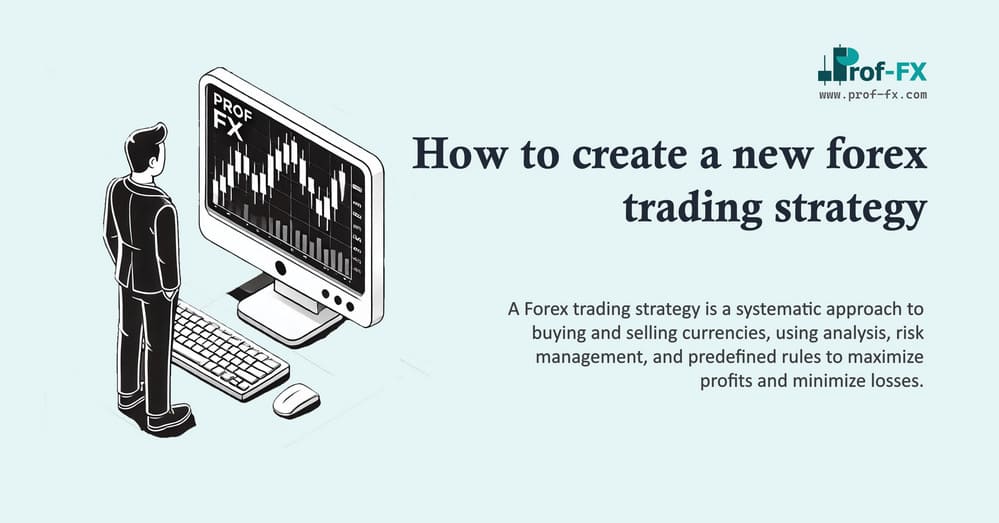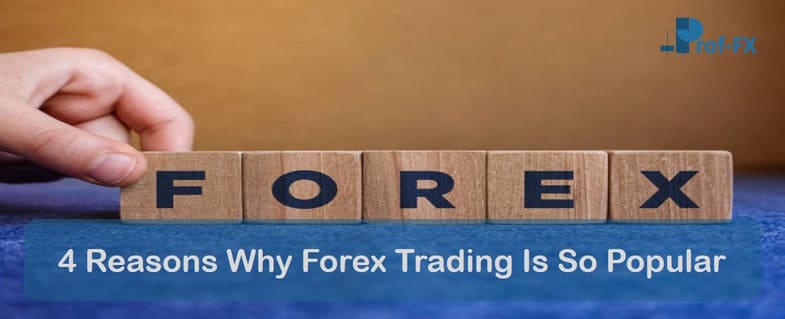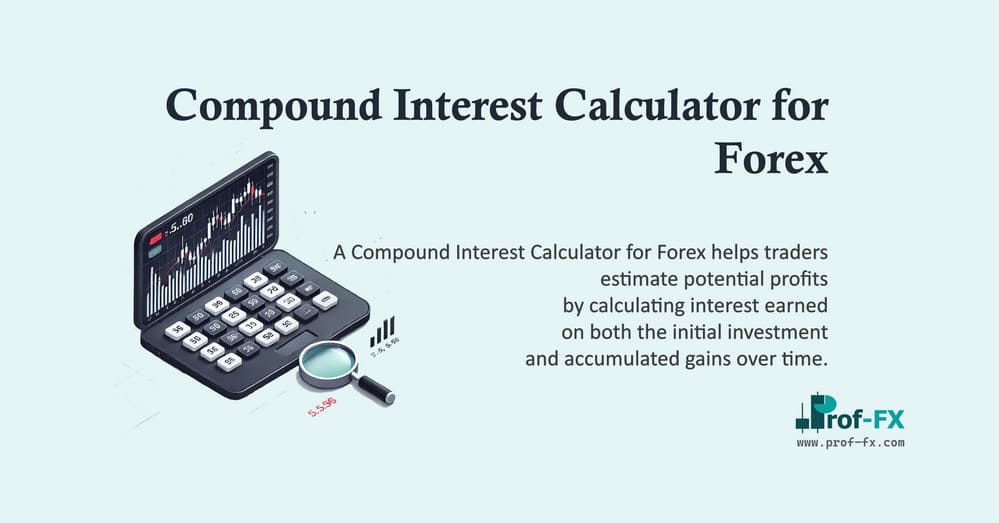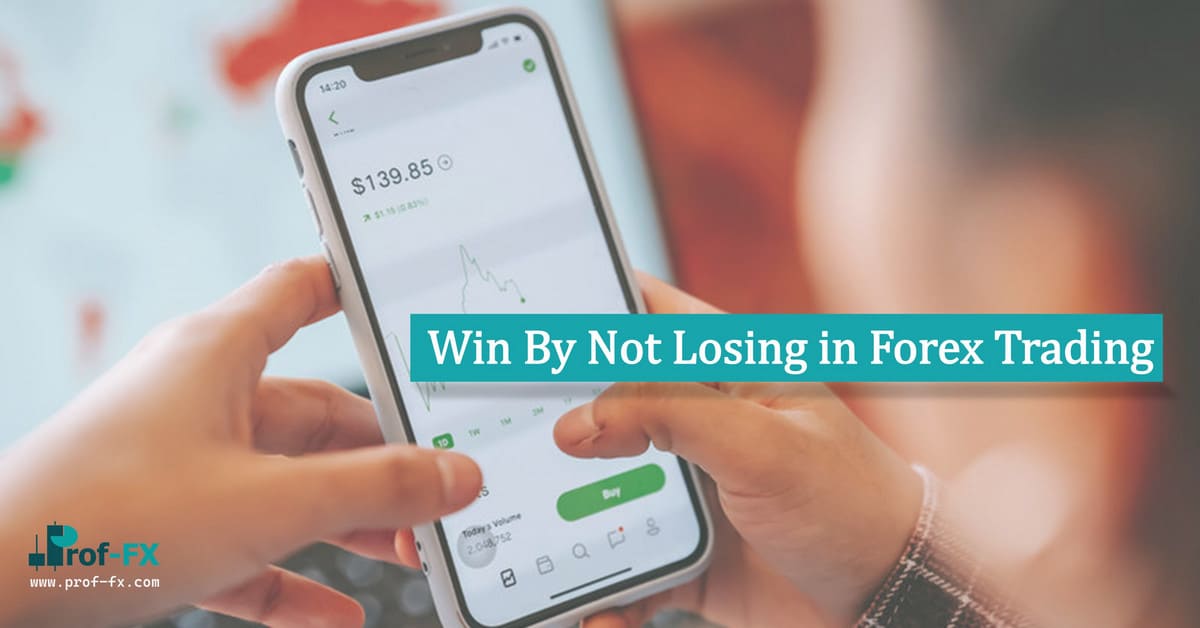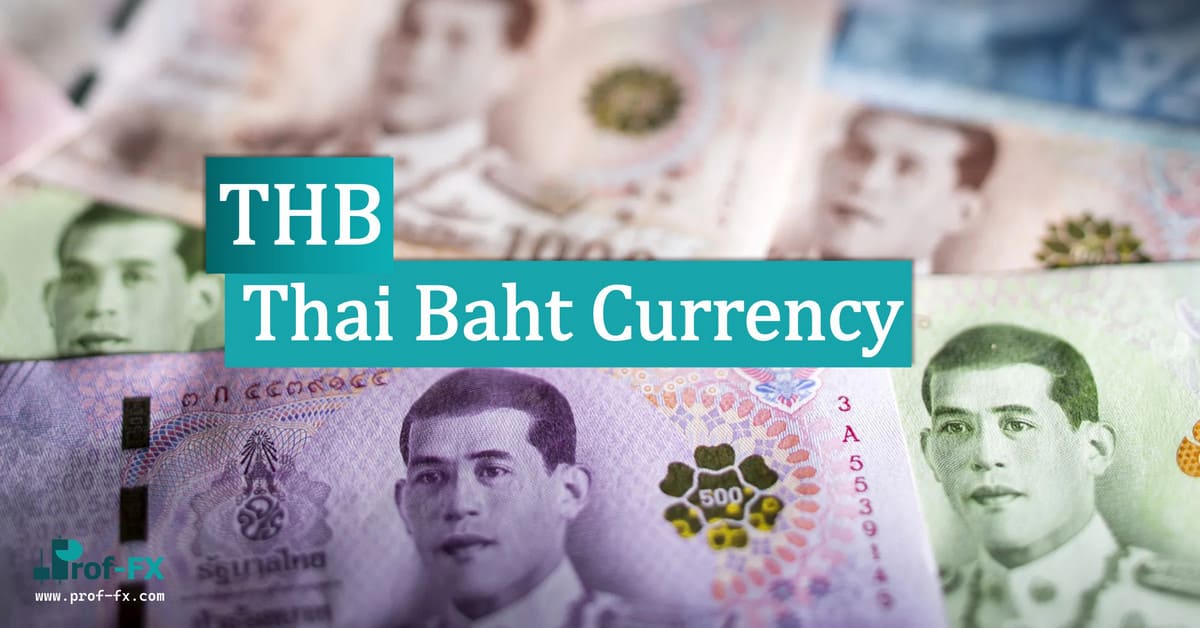It really is a shame, but if you talk to most traders, you will find that they have no clue as to what forces converged in history to shape the Forex market. They don’t know why the U.S. dollar is the world’s reserve currency. They don’t know that if it hadn’t been for Richard Nixon, they wouldn’t be able to make money trading currencies today. They just don’t know. But don’t you worry, we’re going to rectify that right now.
Why do we care about the history of the Forex market? No, knowing the date when the Jamaica Agreement was signed is not going to affect your trading returns. We care because if we understand the forces that led to the creation of a free-floating currency market, we will better understand the forces that continue to drive currencies today. We care because the more we learn from the past, the better prepared we are going to be for the future.
So here’s what we’re going to do. We’re going to walk through the following key events that led to the Forex market as we know it today:
- Bretton Woods Accord
- Beginning of the end of the Bretton Woods Accord
- End of U.S. dollar convertibility into gold (Nixon Shock)
- Smithsonian Agreement
- European Joint Float
- End of the Smithsonian Agreement and the European Joint Float
- Jamaica Agreement
- European Monetary System
As we do so, we’re going to cover only the important information—the details that illustrate how and why the Forex market developed the way it did. We recommend that you learn more about each of these events on your own, but this book is not the place for deep (live into each event in history.
Bretton Woods Accord
The fast thing you are going to notice as we talk about the history lot the Forex market as we know it today is that the names for many of the key turning points in our financial history refer to the specific place where an agreement was made. So it only seems fitting that we start our journey back into Forex history in Bretton Woods, New Hampshire.
That’s right. Leaders from around the globe came together after World War II—July 1 through July 22, 1944—in a small town in New Hampshire (at the Mount Washington Hotel, to be exact) to determine the fate of the world’s monetary system. And to honor this small town, we have referred to the agreement that was reached there as the Bretton Woods Accord ever since. The official name of the event was actually the United Nations Monetary and Financial Conference, but you will never hear it referred to by its full name. Bretton Woods is just a lot easier.

So what happened all those years ago?
The world was reeling as it tried to recover from the devastation brought about by World War II, and one thing that the delegates to this United Nations conference realized was the fact that they needed a stable monetary system if they were to have any chance of pulling themselves out of the chaos. They debated the pros and cons of various monetary methods and approaches, and By the end of the conference, they had come up with what we now refer to the Bretton Woods monetary system.
Here are the details of that system:
- All participating countries had to peg their currencies to the value of the U.S. dollar, making the greenback the world’s reserve currency, a position it still holds. The peg allowed for some leeway: as long as a currency didn’t drift higher or lower by more than 1 percent, it was considered to be successfully pegged.
- If a currency moved more than 1 percent above or below the price of the U.S. dollar, the country was required to step in and intervene in the markets to bring prices back into balance.
- In turn, as a sign of good faith and to imbue some confidence in the market, the United States agreed to peg the value of the U.S. dollar to gold at a rate of $35 per ounce.
- If they wanted to, other countries could exchange their U.S. dollars for gold. This provision would later prove to be the undoing of the entire system.
The Bretton Woods Accord also established the International Monetary Fund (IMF) and the International Bank for Reconstruction and. Development (IBRD), which is now part of the World Bank Group. Both of these institutions have had an impact on the Forex market in the years since their creation.
Okay. So far, so good? Remember, the dates aren’t important, but the agreement that came out of Bretton Woods literally changed the world.




